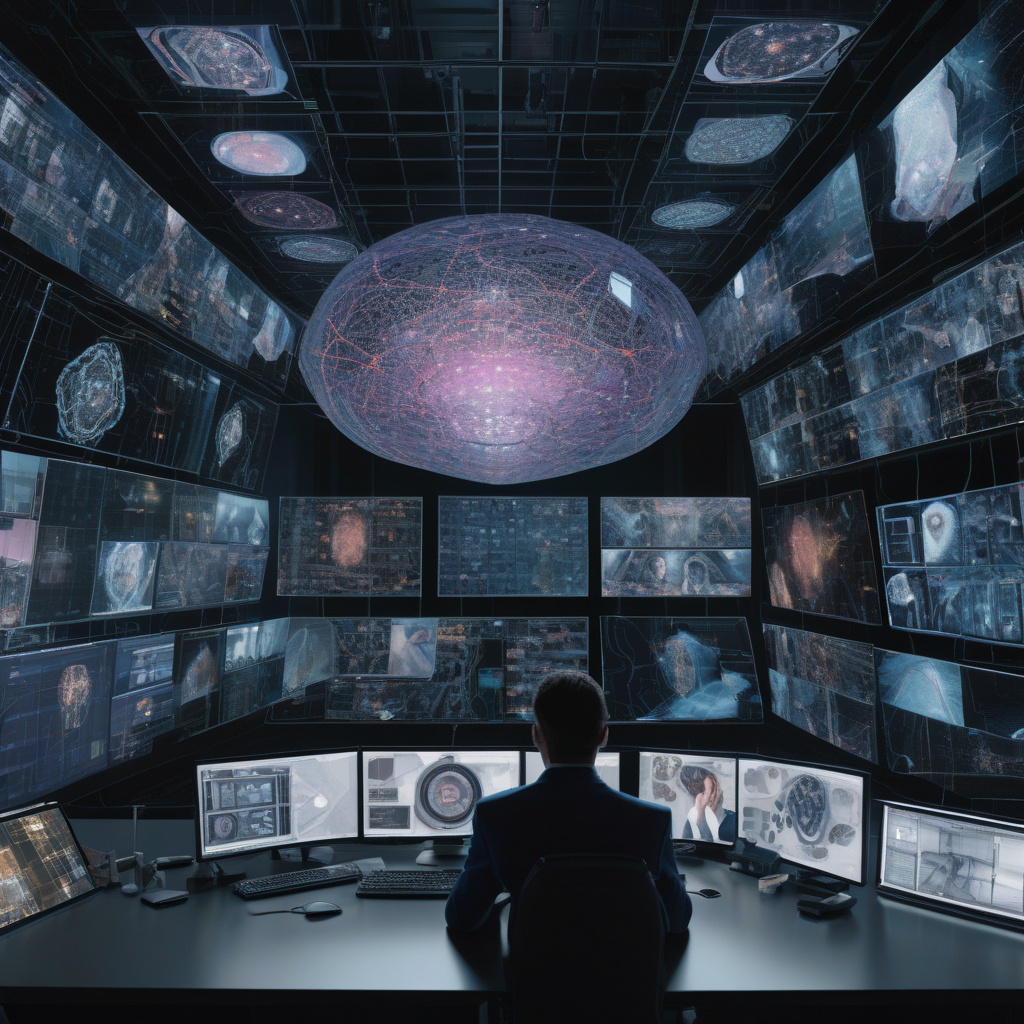In the realm of AI, the concept of hallucinations isn’t just confined to the human mind. Open AI’s latest models, such as the o3 and o4-mini reasoning AI, seem to be experiencing their own form of hallucinations. These models are generating incorrect responses when faced with unfamiliar scenarios, a phenomenon known as hallucinations in the AI world.
Surprisingly, rather than improving over time, these newer models are actually exhibiting more instances of hallucinations compared to their predecessors like the o1, o1-mini, and o3-mini. According to internal tests conducted by Open AI, the o3 model, for instance, showed hallucinations in 33% of responses, a significant increase from the 16% and 14.8% observed in the o1 and o3-mini models, respectively.
This unexpected trend has left Open AI puzzled. Despite the advancements in AI technology and the continuous efforts to enhance these models, the increase in hallucinations remains a mystery to the developers at Open AI. However, the company is actively investigating the root cause of this issue with the hope of resolving it in the future.
The implications of AI hallucinations are profound. In critical applications where accuracy is paramount, such as medical diagnosis or autonomous driving systems, even a small percentage of hallucinations can lead to serious consequences. Therefore, addressing this rise in hallucinations in AI models is crucial for the reliability and safety of AI-driven technologies.
As the field of AI continues to evolve, challenges like hallucinations underscore the importance of ongoing research and development. By understanding why these newer models are prone to hallucinations, developers can refine their algorithms and training processes to mitigate this issue effectively.
In conclusion, the unexpected increase in hallucinations observed in Open AI’s latest models highlights the complex nature of AI development. While AI technology holds immense potential, ensuring the accuracy and reliability of AI models remains a continuous endeavor. By addressing challenges like hallucinations head-on, developers can pave the way for more robust and trustworthy AI systems in the future.

